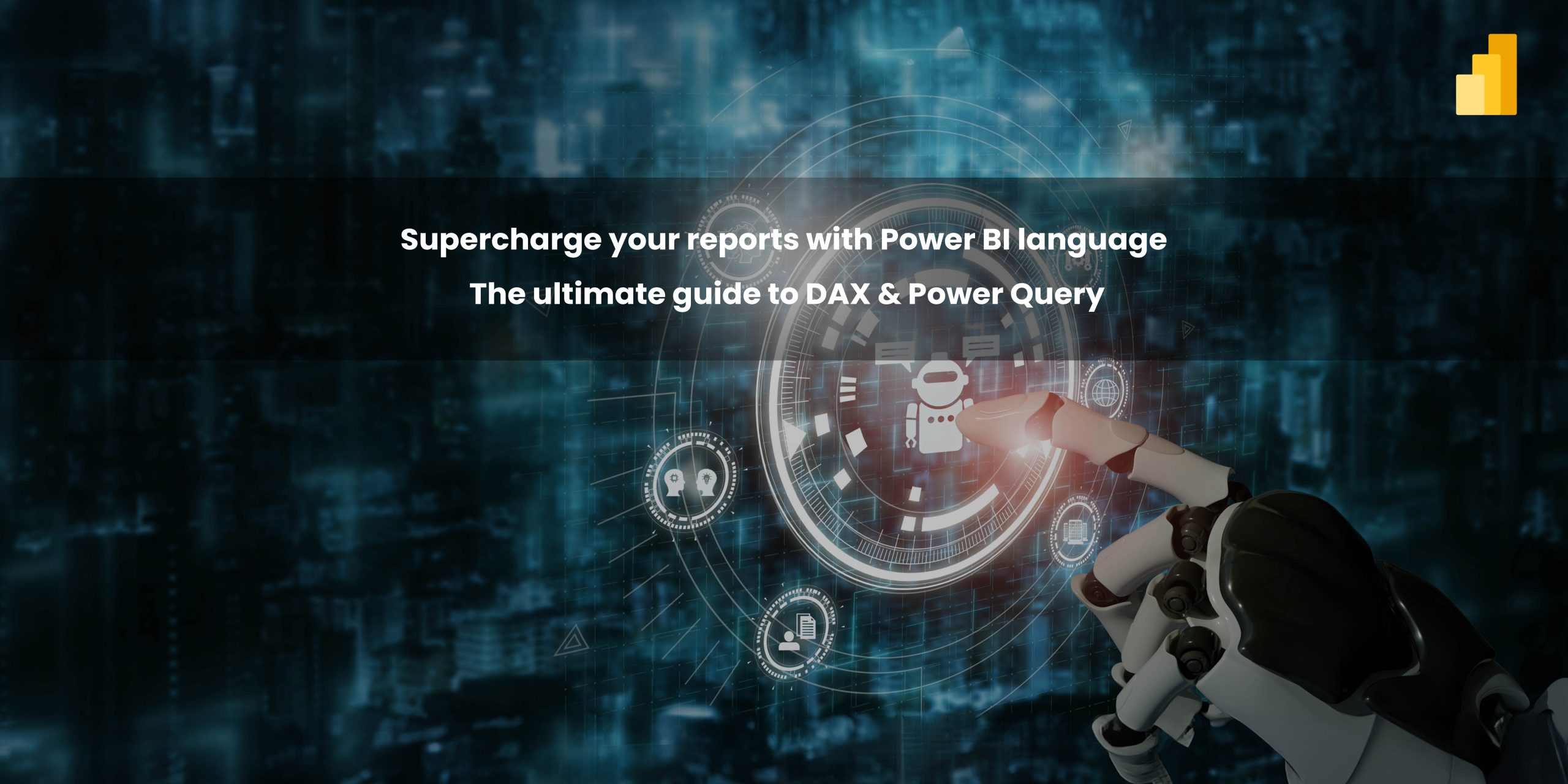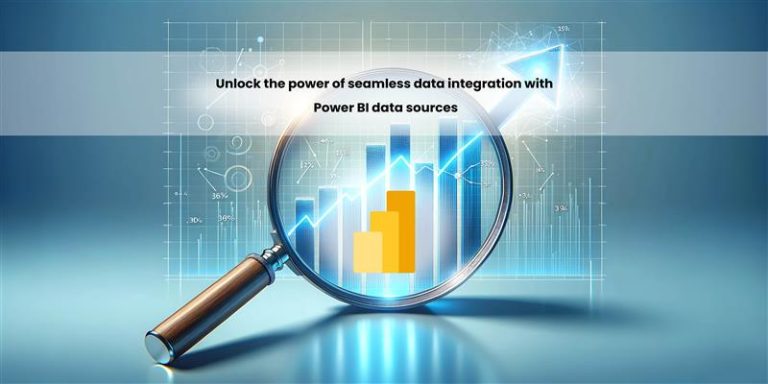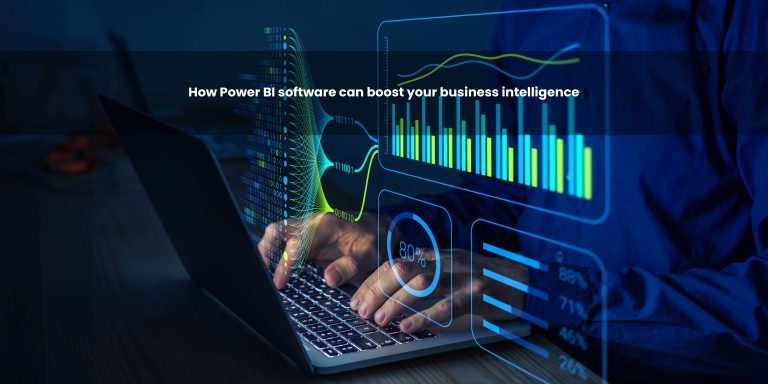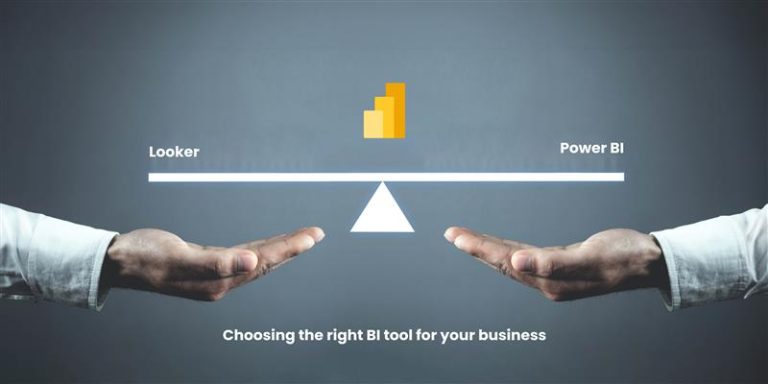Power BI is not just a tool for generating reports, it’s a game-changer in the world of business intelligence. At the heart of Power BI lies a language that powers everything from data manipulation to visualization – Power BI language. Whether you’re a data analyst, a business owner or just starting your journey with it, understanding this language will empower you to unlock the true potential of your data.
What is Power BI language?
Power BI language refers to the query language used in Microsoft Power BI to extract, transform and load (ETL) data. It’s primarily based on DAX (Data Analysis Expressions) and M Query languages.
These languages allow users to create complex calculations, query external data sources and perform data transformation processes, all crucial for generating meaningful insights.
DAX language
DAX (Data Analysis Expressions) is a formula language used for calculations and data analysis. It provides powerful functions for aggregation, filtering, and data analysis. For example, with DAX, you can create custom calculations like year-over-year growth or dynamic profit margins. Additionally, it allows you to create calculated columns and measures, further enhancing your data analysis capabilities. In other words, DAX helps you unlock deeper insights from your data, enabling more informed decision-making.
Key features of DAX include
- Calculation of aggregates like SUM, AVERAGE and COUNT
- Time-based functions for working with dates
- Logical expressions to implement conditional logic
For a more in-depth look at DAX, check out Microsoft’s official documentation on DAX.
M Query language
M Query, also known as Power Query, is used for data transformation. It enables users to clean, shape, and transform raw data into a usable format before loading it into Power BI. This language is designed to perform data manipulation tasks such as filtering rows, merging tables and applying custom transformations.
Key features of M Query include
- Data transformation functions for cleaning and reshaping data
- Ability to pull data from a variety of sources (databases, web services, etc.)
- Step-by-step transformations in an intuitive user interface
To explore M Query in more detail, visit Power Query documentation.
Why Learn Power BI language?
Learning it enhances your ability to work efficiently with large datasets and unlock deeper insights. Power BI language lets you build complex, custom reports that provide real-time data visualizations and actionable business intelligence.
- Customization – Tailor your reports and dashboards with advanced calculations.
- Efficiency – Streamline data transformation processes with automated queries.
- Scalability – Handle large datasets and complex data models with ease.
With proficiency in it, you’ll be able to generate dynamic reports that update automatically as new data comes in. Furthermore, you can share your insights across teams using Power BI’s collaboration features.
How it enhances decision-making
One of the primary reasons businesses are adopting Power BI is its ability to drive data-driven decision-making. By leveraging Power BI language, you can perform complex data operations and modeling that help answer critical business questions. For example, you can predict future sales trends or monitor employee performance metrics in real time.
For additional resources on how Power BI can drive data-driven decisions, refer to Power BI’s Decision-Making Blog.
Conclusion
Mastering the Power BI language is an essential skill for anyone looking to harness the full potential of their data. By understanding DAX and M Query, you can unlock advanced analytics, build meaningful dashboards, and make smarter business decisions. So, whether you’re just starting or looking to enhance your skills, diving into Power BI language is a worthwhile investment that will pay off in the form of actionable insights and increased productivity.
Check out the related blogs for further reading

How to optimize costs with Microsoft dynamics 365 pricing plans
Microsoft Dynamics 365 pricing can be complex, but with the right approach, businesses can control costs while maximizing…

Dynamics 365 pricing and licensing – what you need to know
Microsoft Dynamics 365 is a cloud-based suite of business applications designed to help organizations manage operations efficiently. It…

Dynamics 365 Fraud protection – key features and benefits for businesses
Fraud is a growing concern for businesses, significantly impacting revenue, security, and customer trust. As digital transactions continue…








